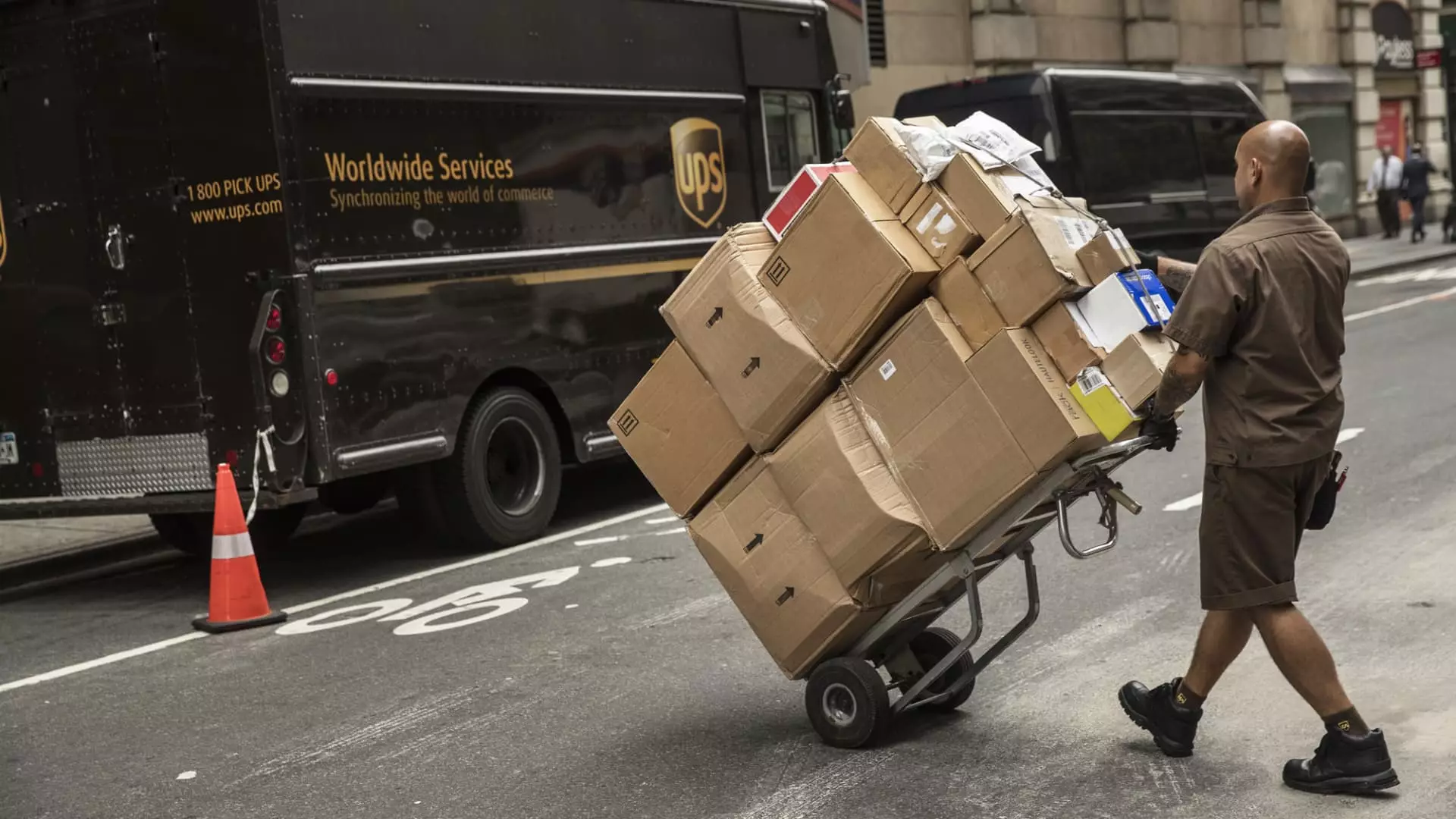As we approach the holiday season of 2024, consumers are expected to splurge like never before, with holiday shopping predicted to reach unprecedented levels. However, alongside this increase in spending is a troubling trend: a significant rise in product returns. According to recent statistics from the National Retail Federation (NRF) and return management specialist Happy Returns, returns are predicted to account for a striking 17% of all merchandise sales this year, equating to an astonishing $890 billion in returned goods. This marks a notable increase from the previous year’s return rate of 15%—a trend that retailers may find challenging to navigate as they prepare for the holiday rush.
The uptick in online shopping habits during and after the pandemic radically transformed consumer behavior. Among the myriad of changes, two prevalent practices have emerged: “bracketing” and “wardrobing.” Bracketing involves consumers purchasing multiple sizes or colors of the same item with the intent to return those that do not meet their expectations, and wardrobing entails buying items for a one-time event and returning them afterward. Notably, nearly two-thirds of shoppers now engage in bracketing, while an alarming 69% indulge in wardrobing—a 39% increase from 2023.
The frequency of these behaviors has exploded, with 46% of consumers reporting that they return products multiple times each month. This significant behavioral shift poses an economic burden on retailers, as processing returns is far from simple. Estimates indicate that the cost associated with processing a single return can strip retailers of about 30% of an item’s original price. Thus, as return rates rise, the need for retailers to rethink their reverse logistics strategies becomes paramount.
As returns escalate, so do their ecological repercussions. Many returned items do not make it back onto store shelves and instead contribute to a concerning rise in landfill waste. According to data from Optoro, returned goods in 2023 generated a staggering 8.4 billion pounds of landfill waste. This environmental crisis is further exacerbated by the carbon emissions associated with transporting returned products—frequently sent back for repackaging, restocking, or ultimately disposal. Only 54% of packaging was recycled in 2018, emphasizing an urgent need for improvement within the retail sector’s sustainability practices. As Rachel Delacour, co-founder and CEO of Sweep, aptly notes, “being sustainable is a business strategy.”
Retailers Respond to the Challenge
In light of rising return rates and their associated costs, many retailers are implementing stricter return policies to mitigate losses. Reports indicate that 81% of U.S. retailers have adopted more stringent return procedures in 2023, including shortened return windows and the introduction of restocking fees. While these measures could deter excessive returns, improving the return experience for customers remains a primary focus for the future.
A growing number of retailers, including giants like Amazon and Target, are adopting a “keep it” approach which allows customers to keep products without the hassle of returning them, thus expediting the refund process. Additionally, some companies are exploring buyback programs, which aim to keep goods in circulation rather than allowing them to be discarded or lost.
An evolving focus on return policies has emerged as a key factor influencing consumer behavior, particularly among younger generations like Generation Z and millennials. Research indicates that return policies can profoundly shape purchasing decisions, as 76% of shoppers view free returns as a priority when choosing where to spend their money. Furthermore, a negative experience with a return can discourage 67% of shoppers from returning to a retailer.
An alarming 77% of consumers check the return policy before making a purchase, underscoring the growing importance of return policies in the shopping landscape. As online shopping continues to gain prominence, retailers must recognize that their return strategies are not merely afterthoughts, but are integral to attracting and retaining customers.
As holiday shopping continues to surge in 2024, the accompanying rise in returns presents a unique challenge for retailers. Adapting to evolving consumer behaviors will be essential for companies aiming to minimize losses and meet sustainability goals. From adjusting return policies to implementing innovative solutions, the retail sector must proactively navigate the complex landscape of modern shopping and returns. Understanding and addressing these challenges is not just a matter of operational efficiency but is becoming pivotal to success in the competitive market. Retailers who can strike a balance between consumer convenience, sustainable practices, and profitability will undoubtedly thrive in the years to come.

